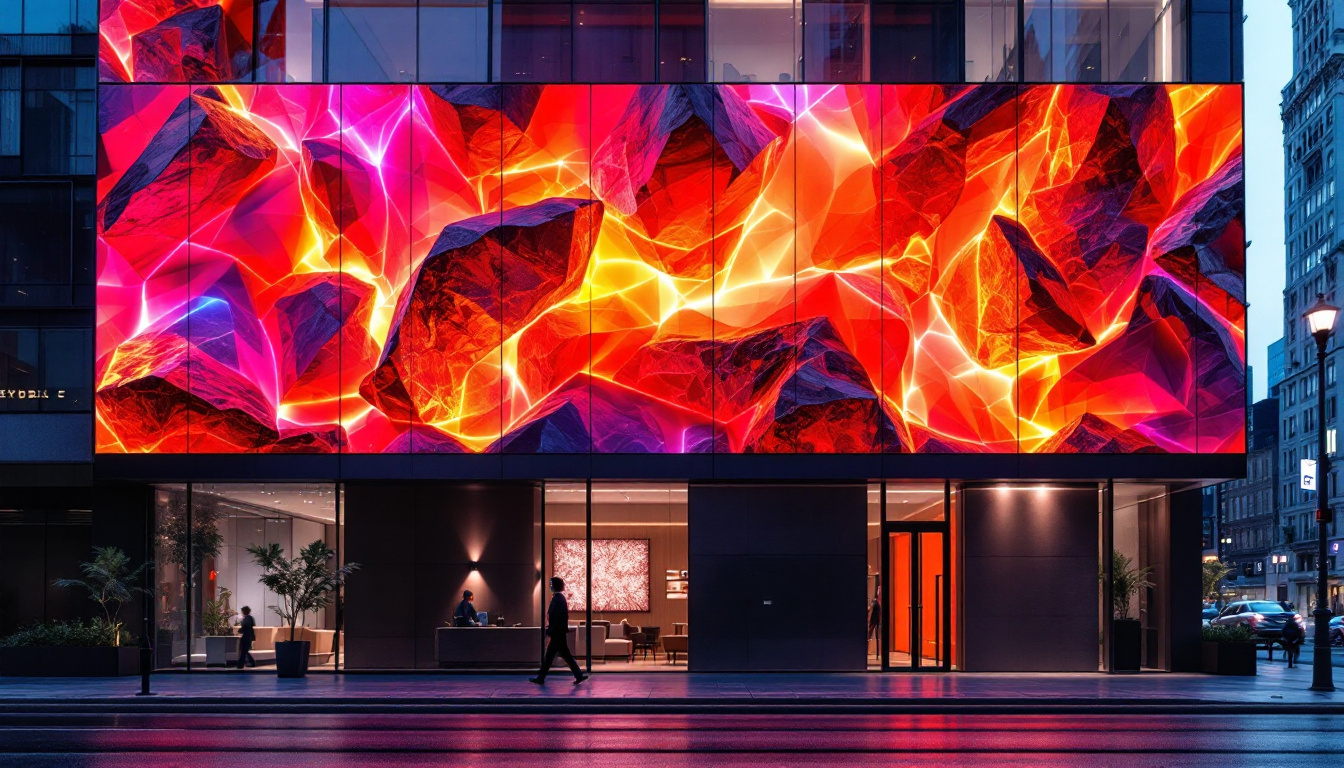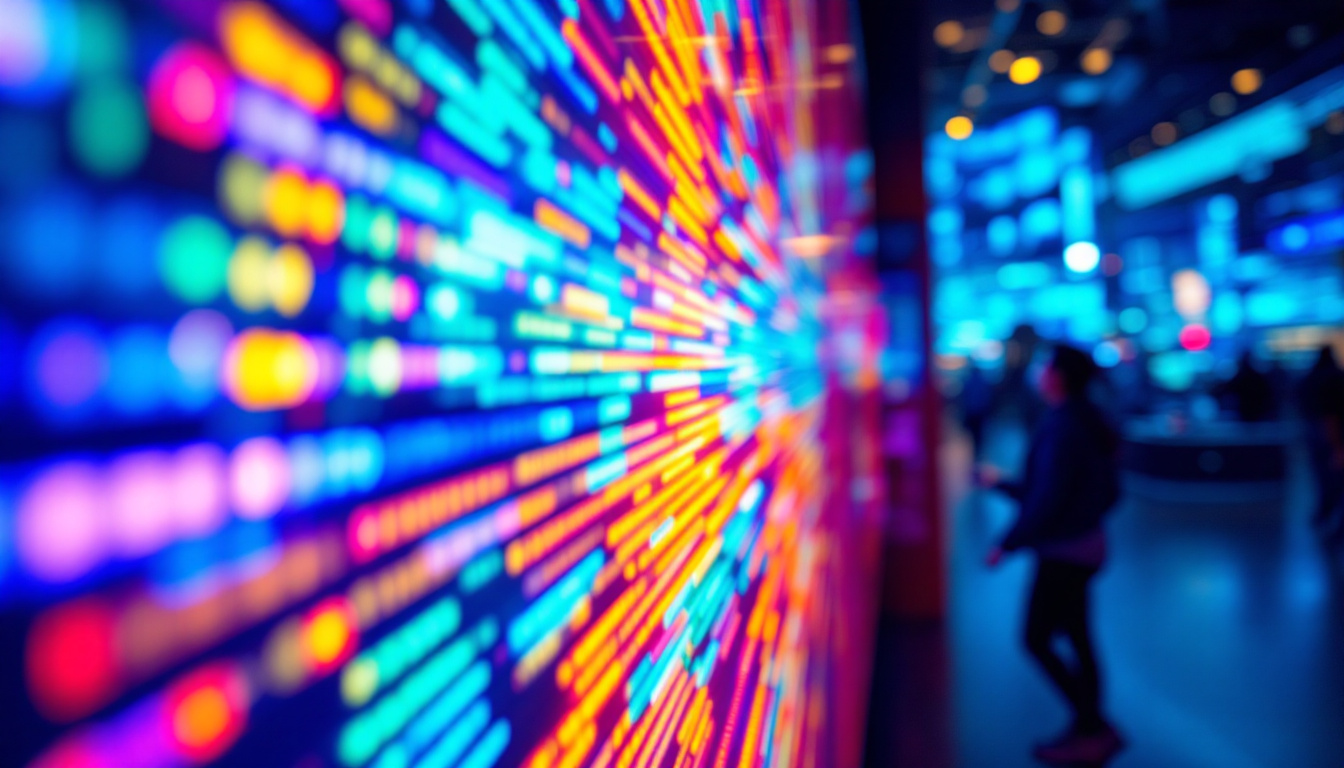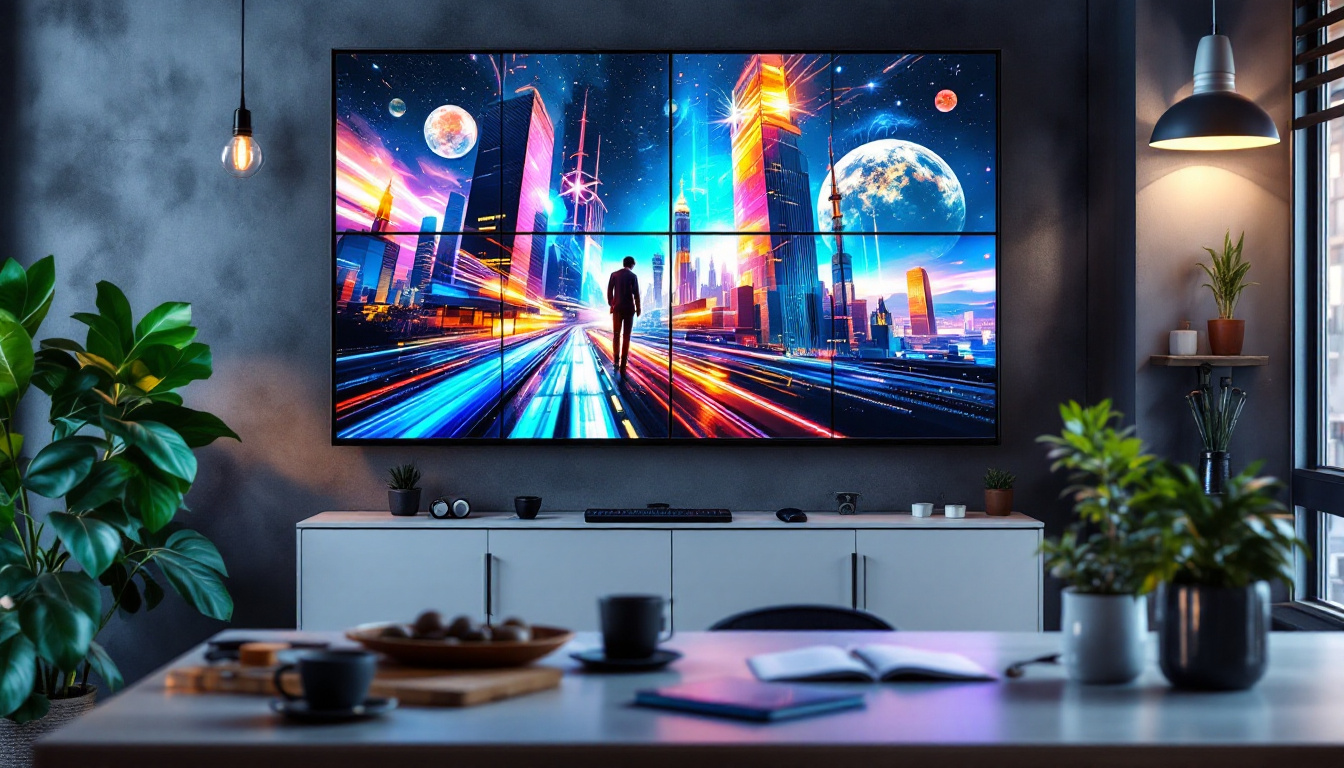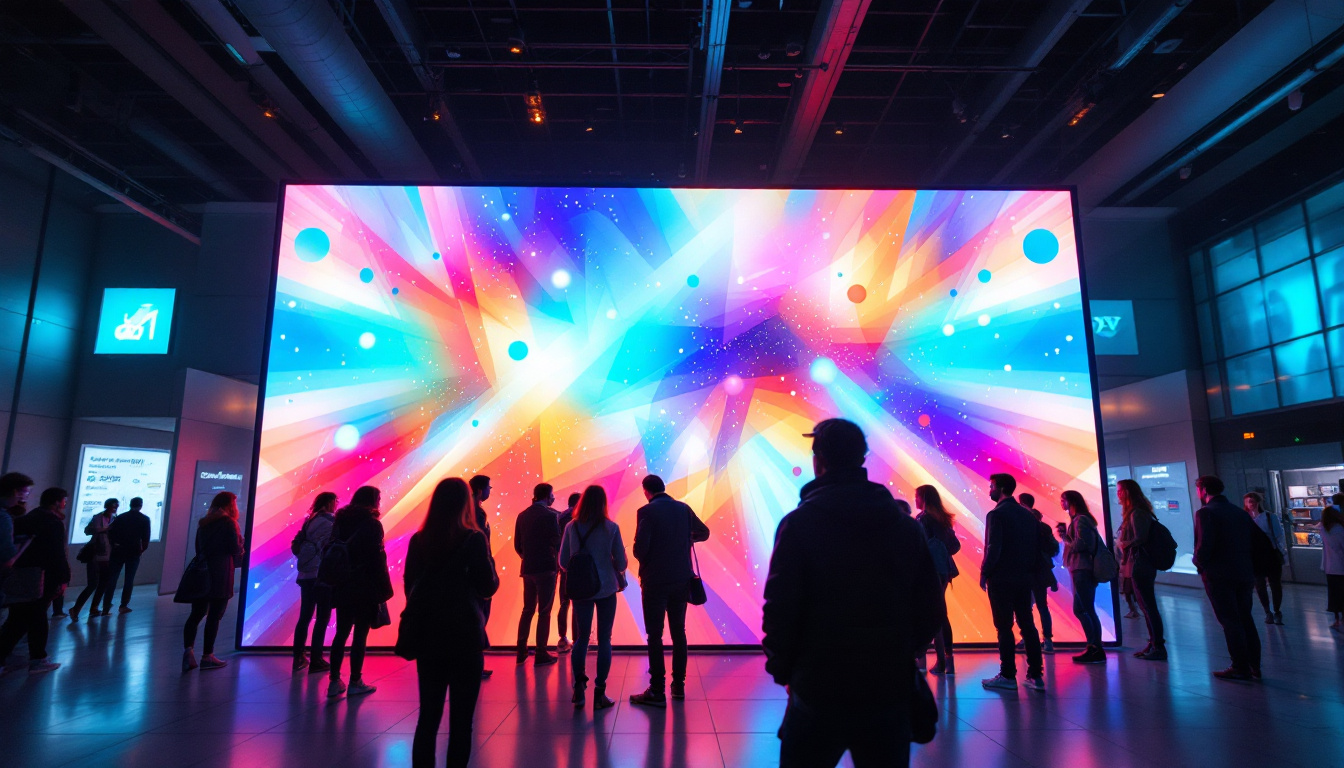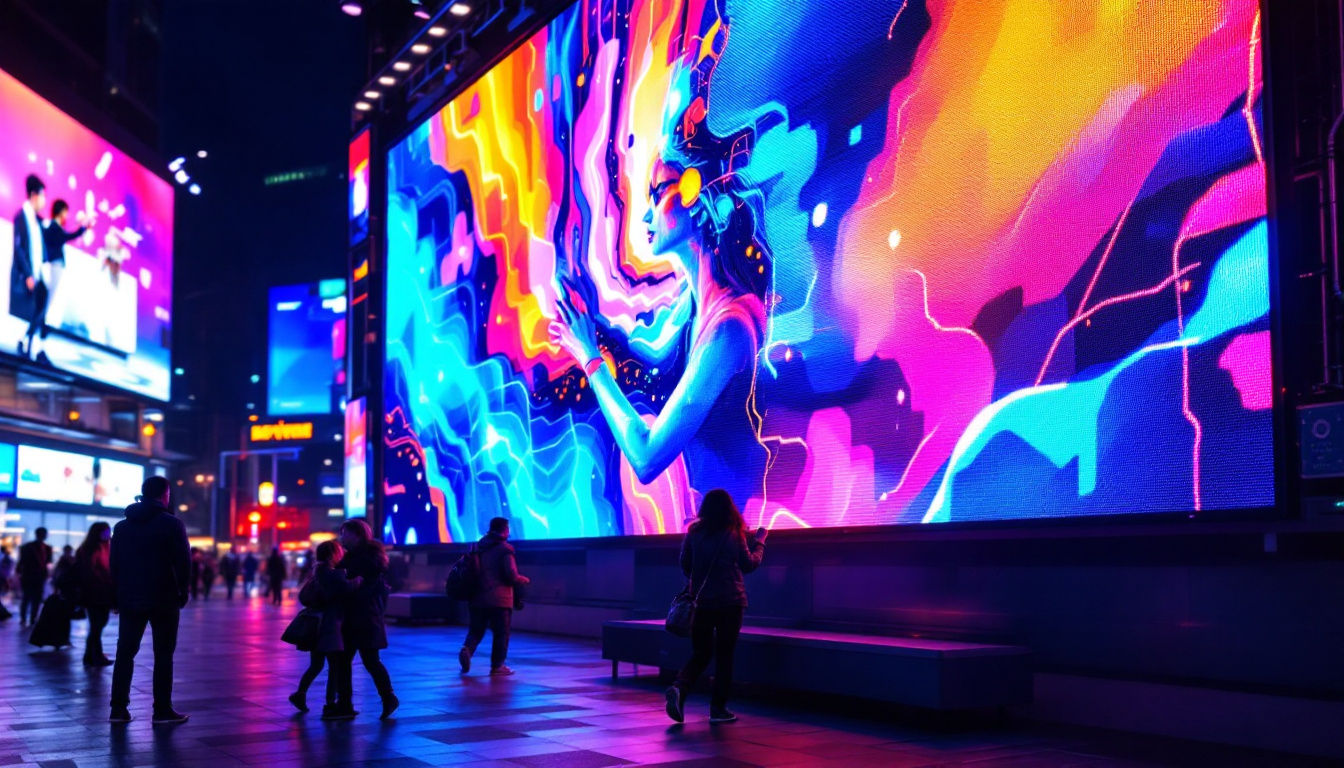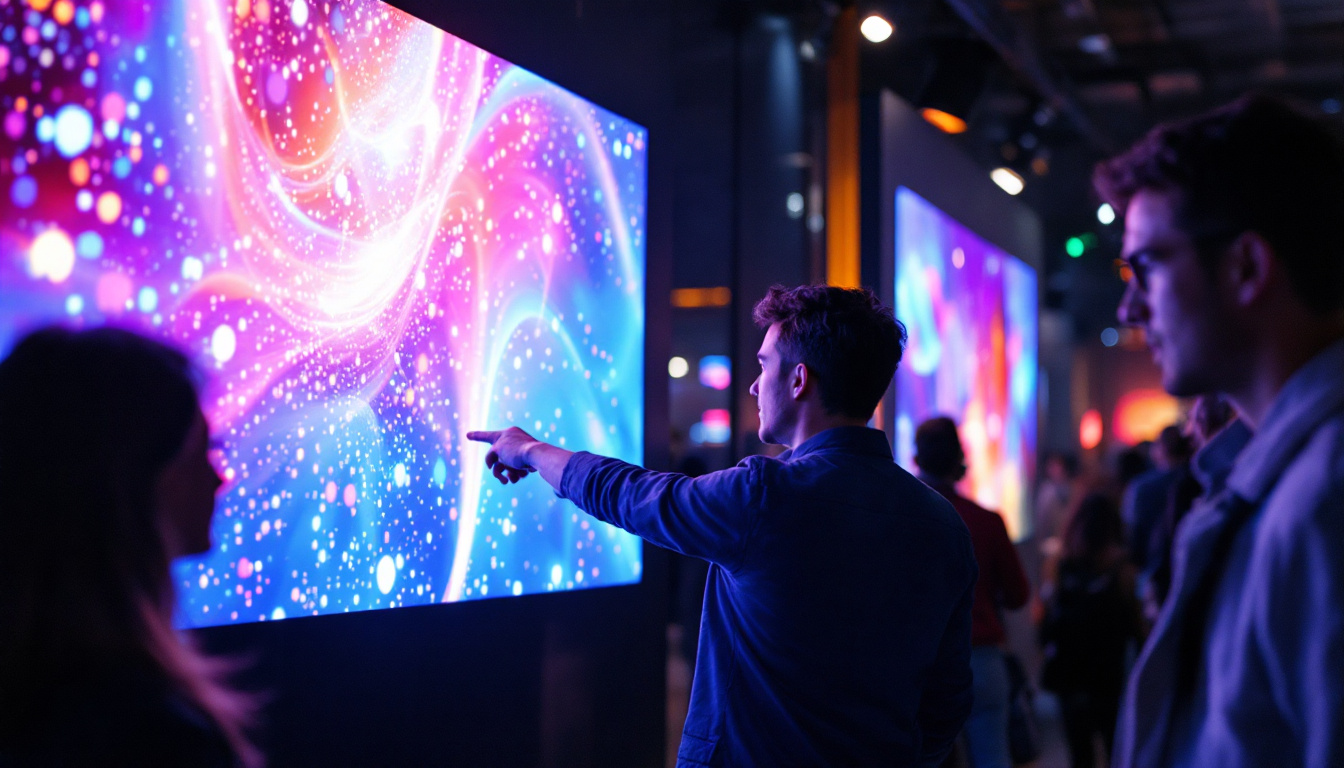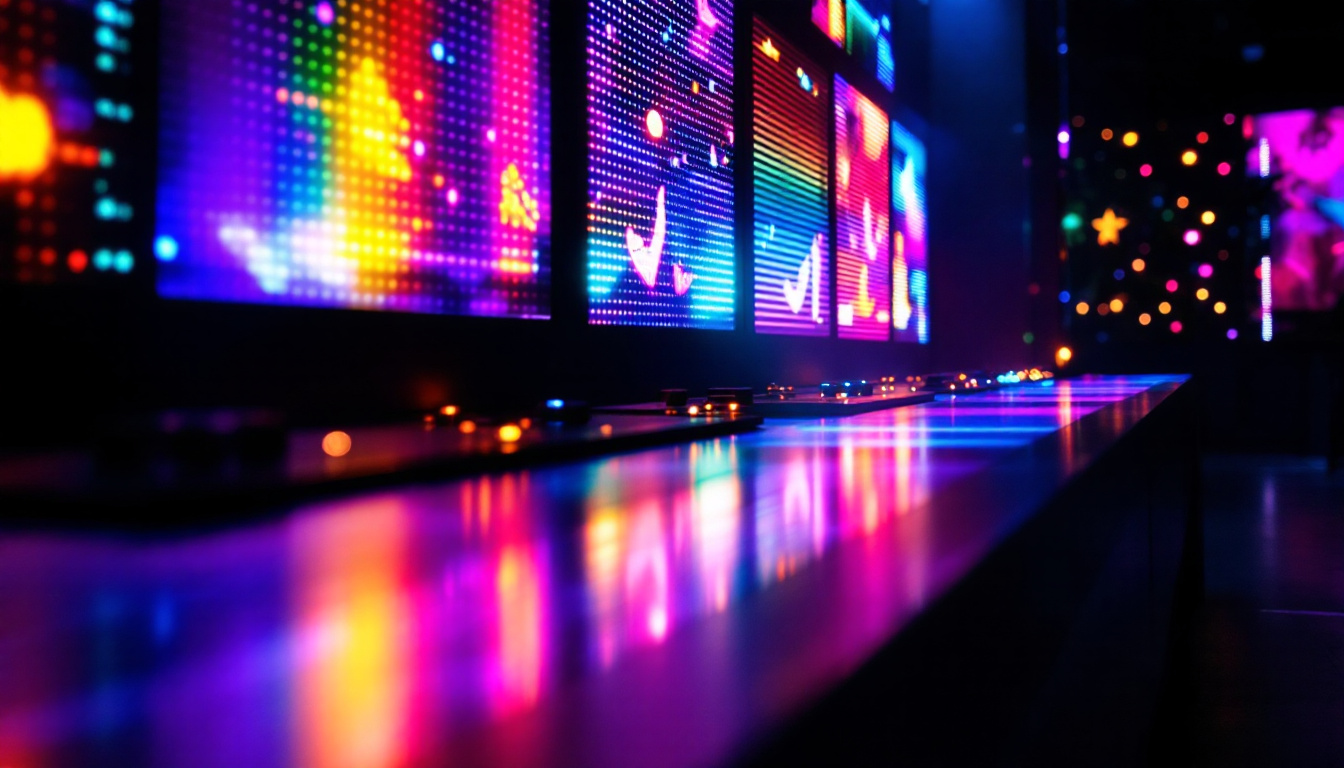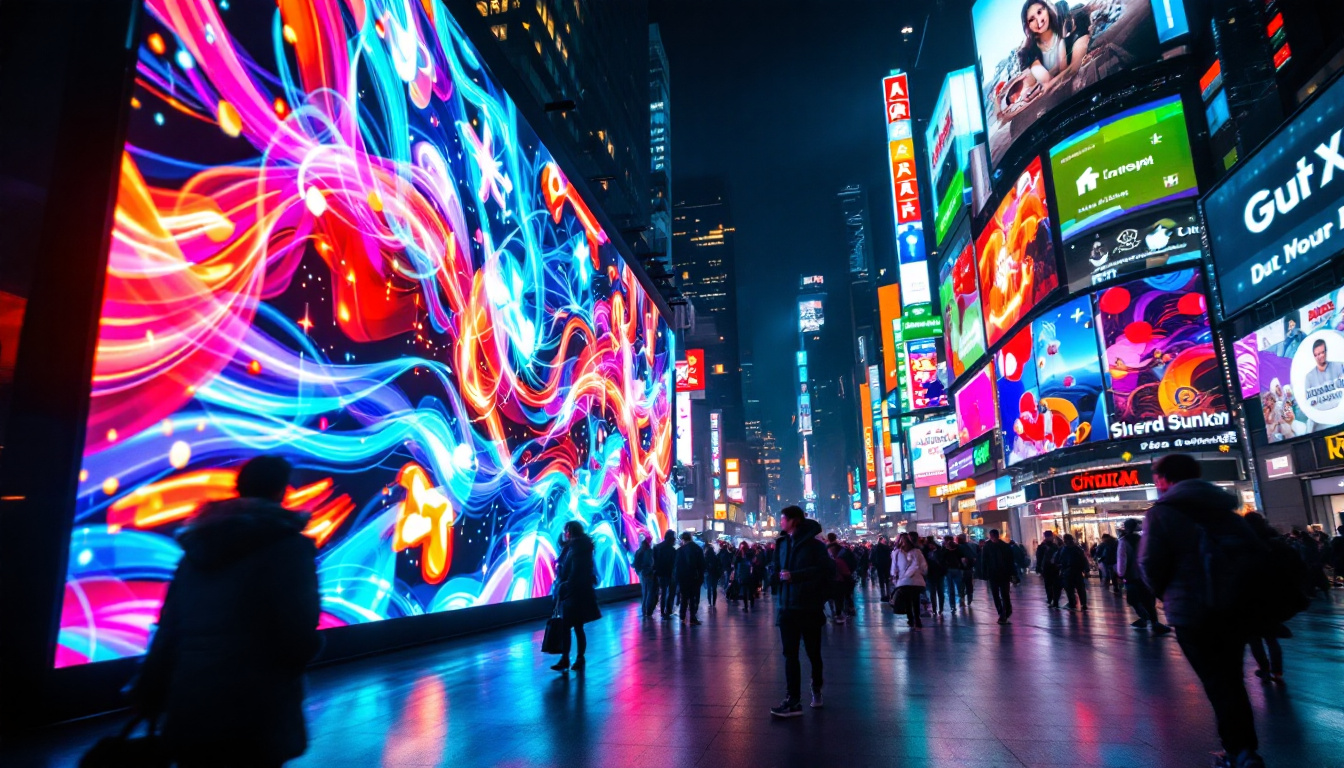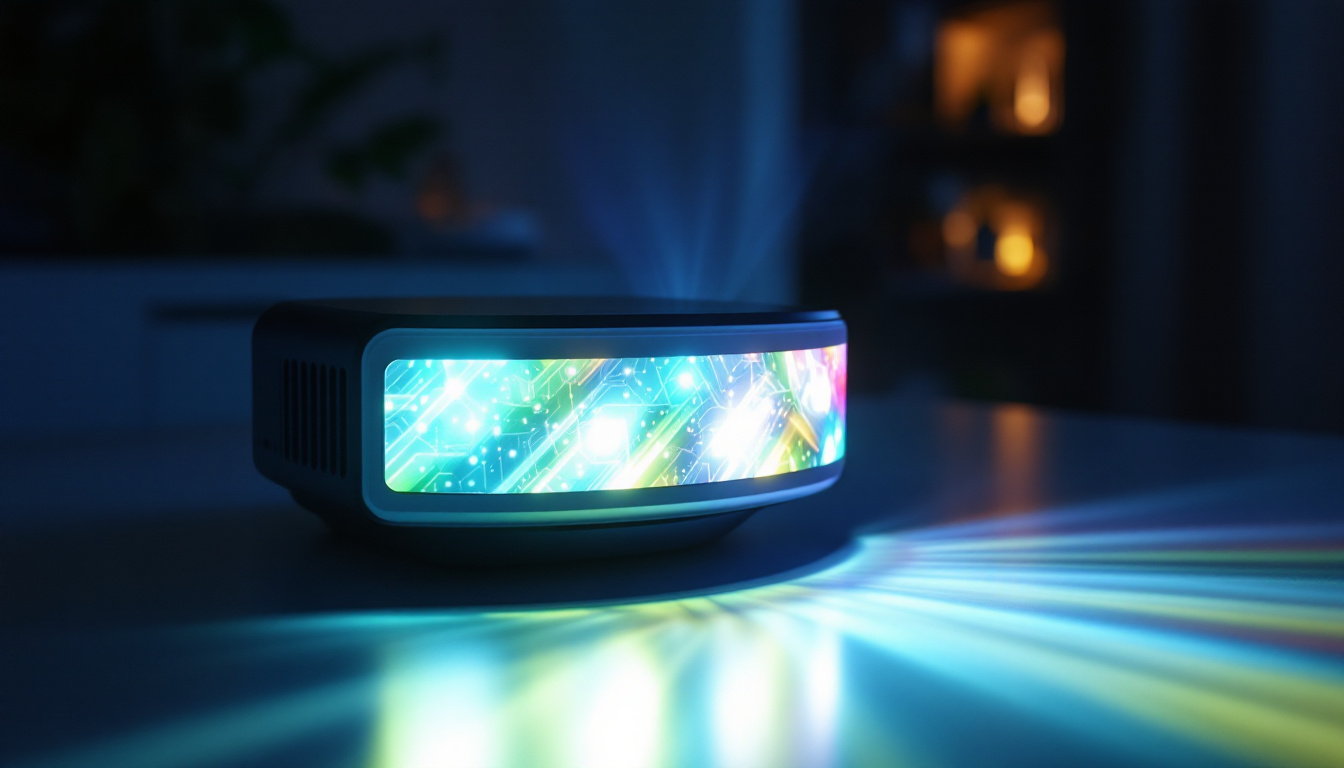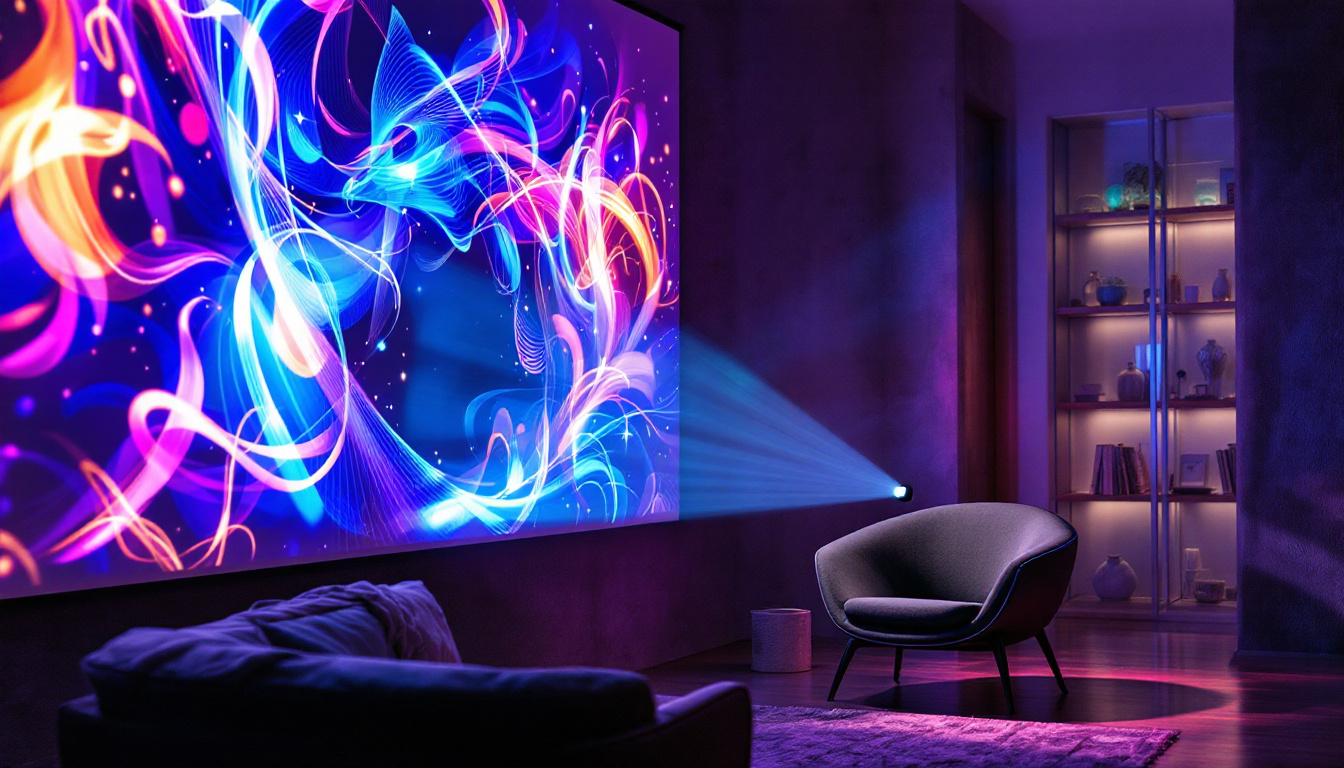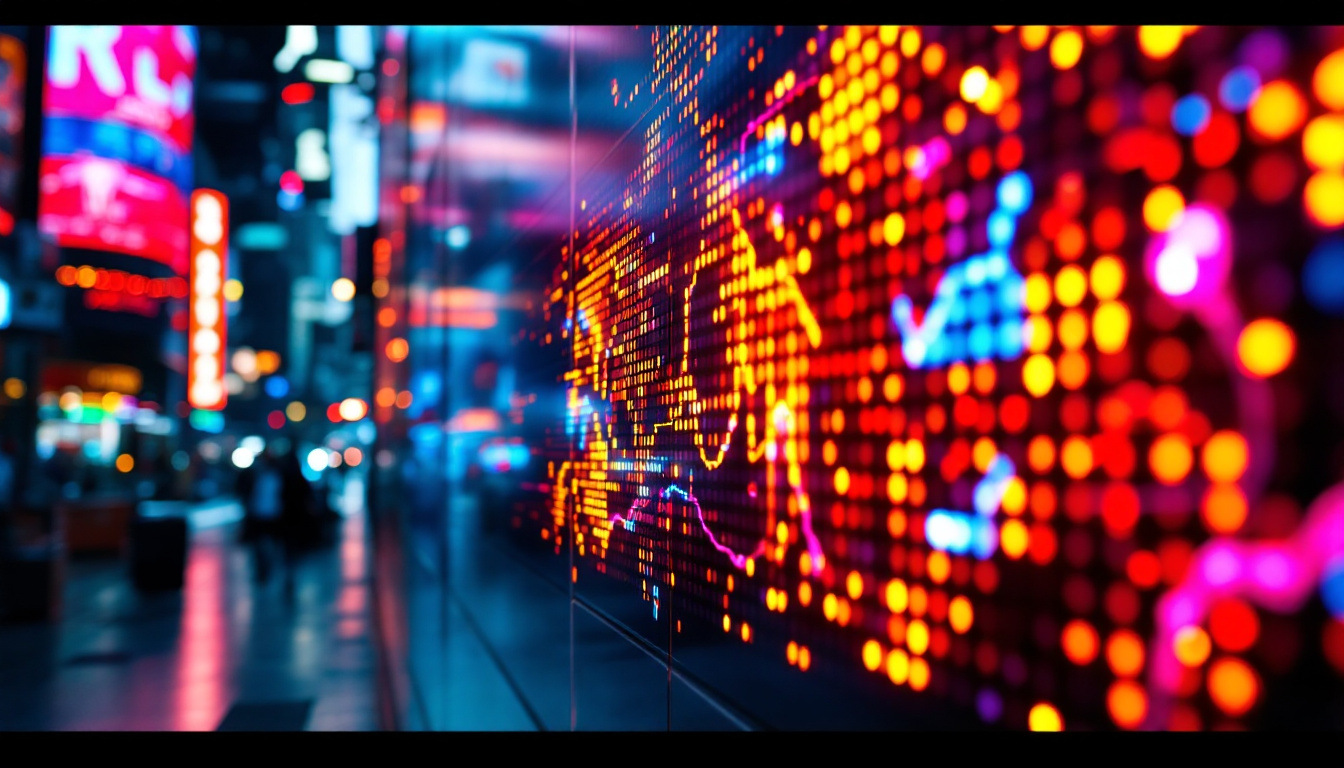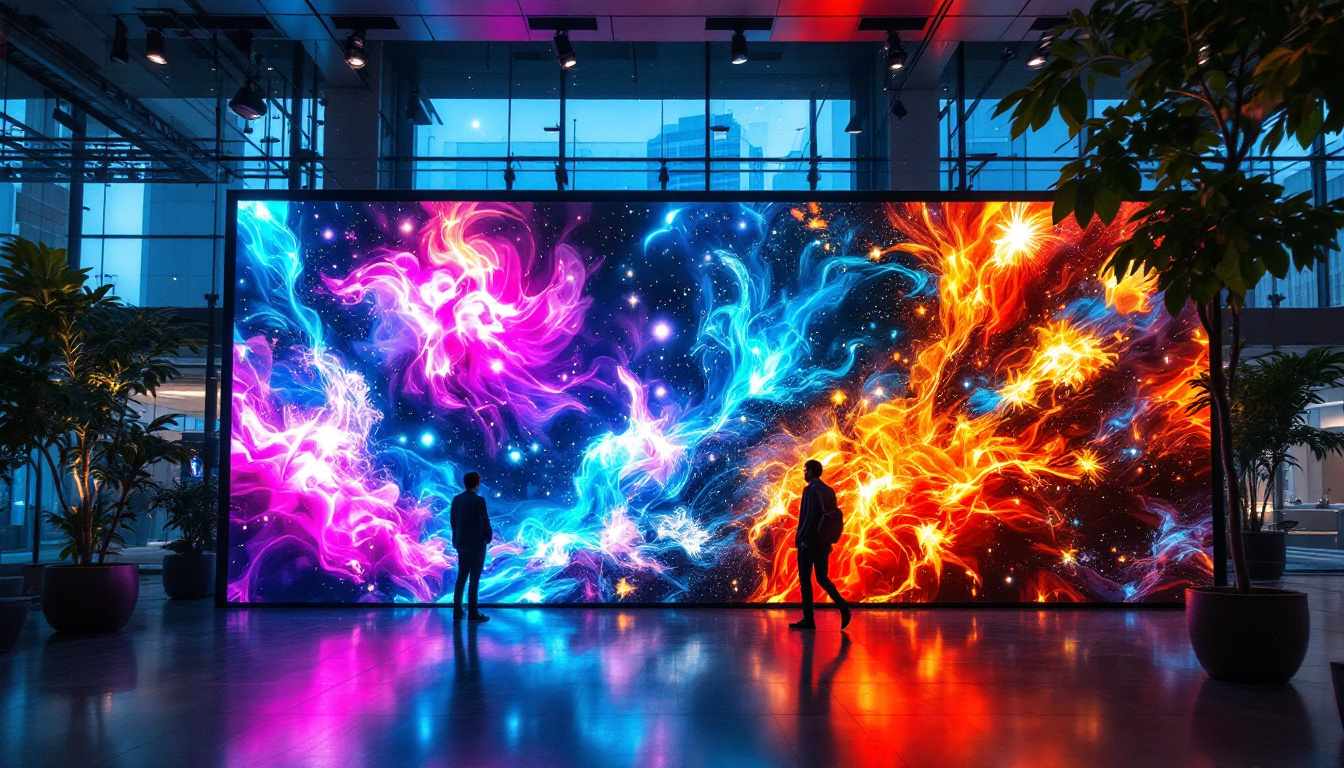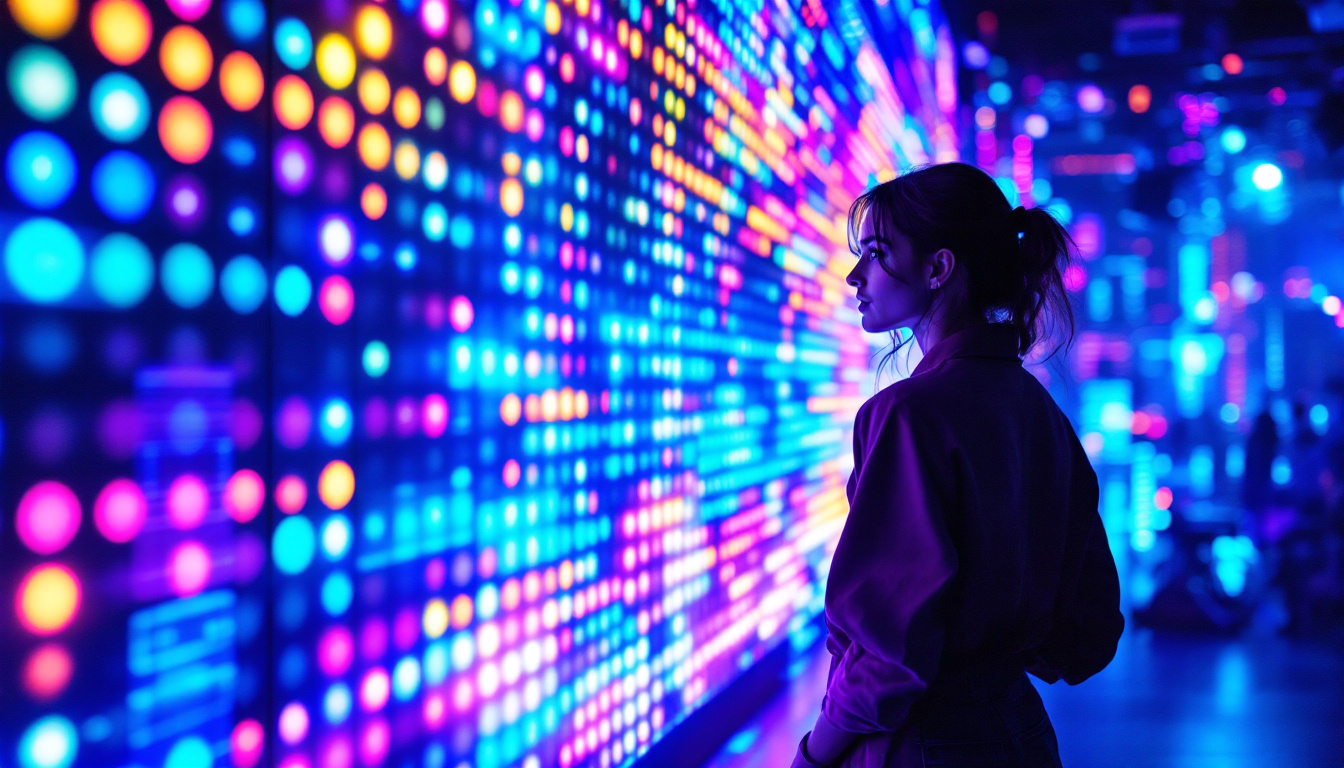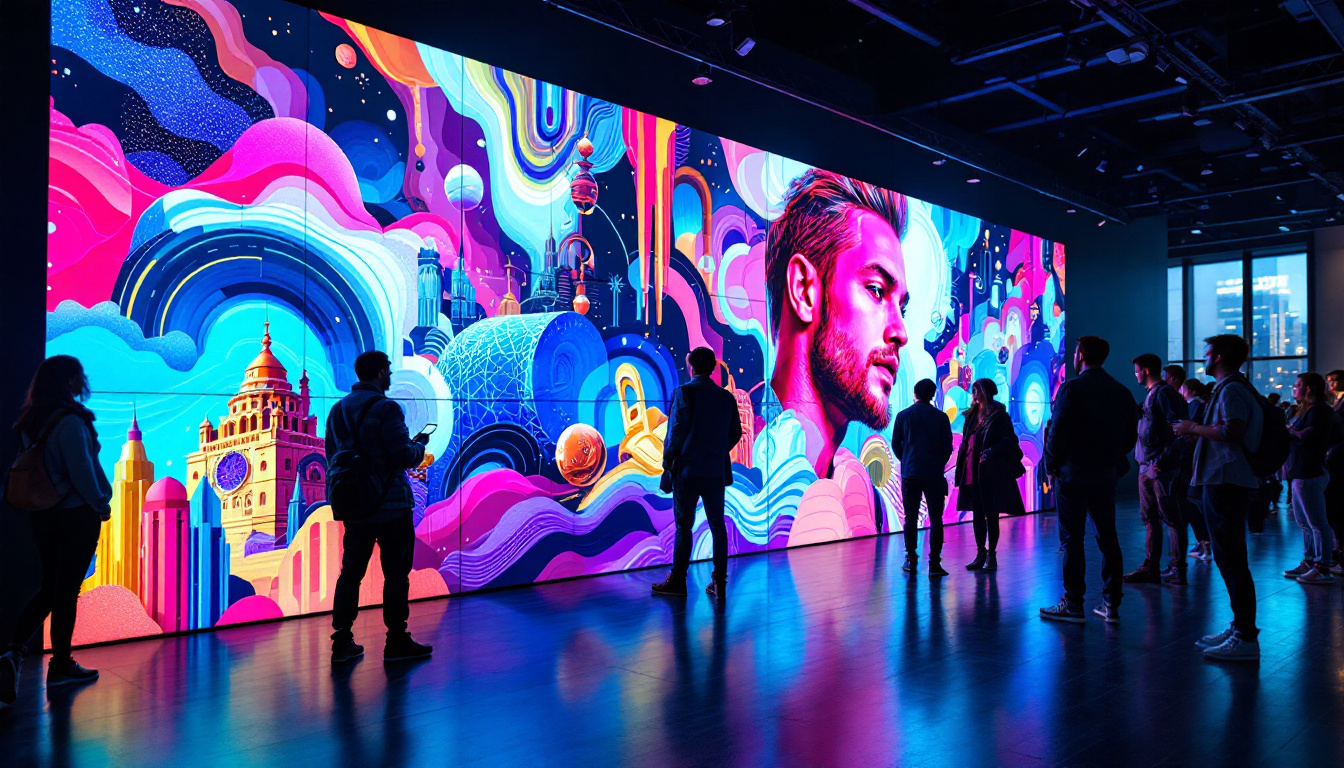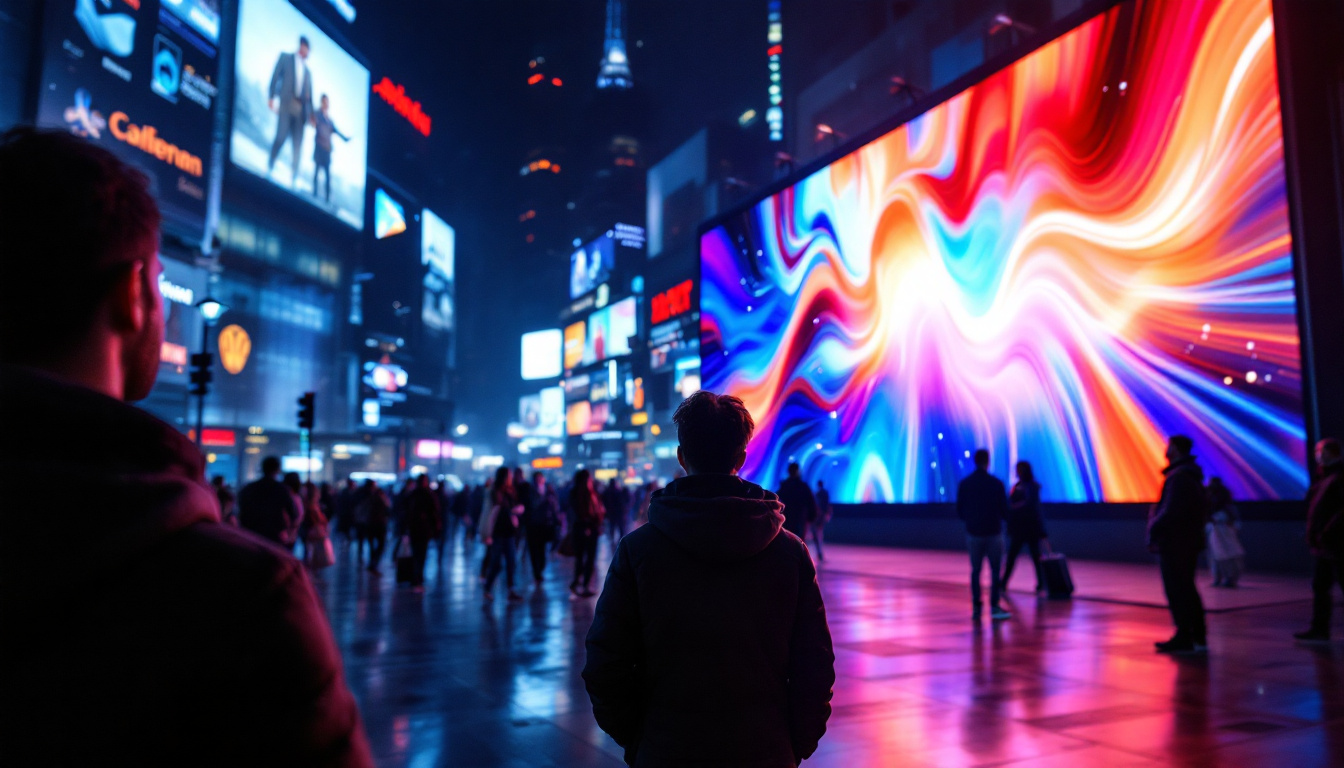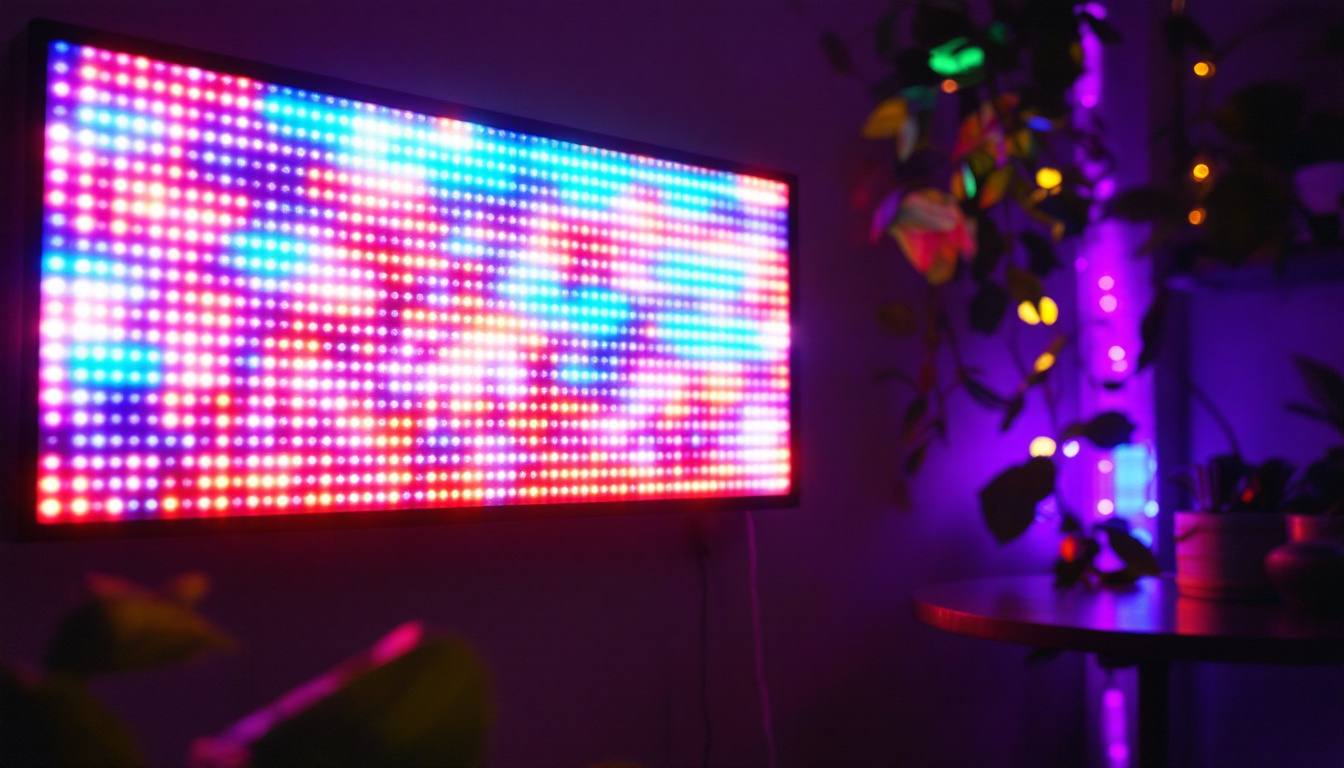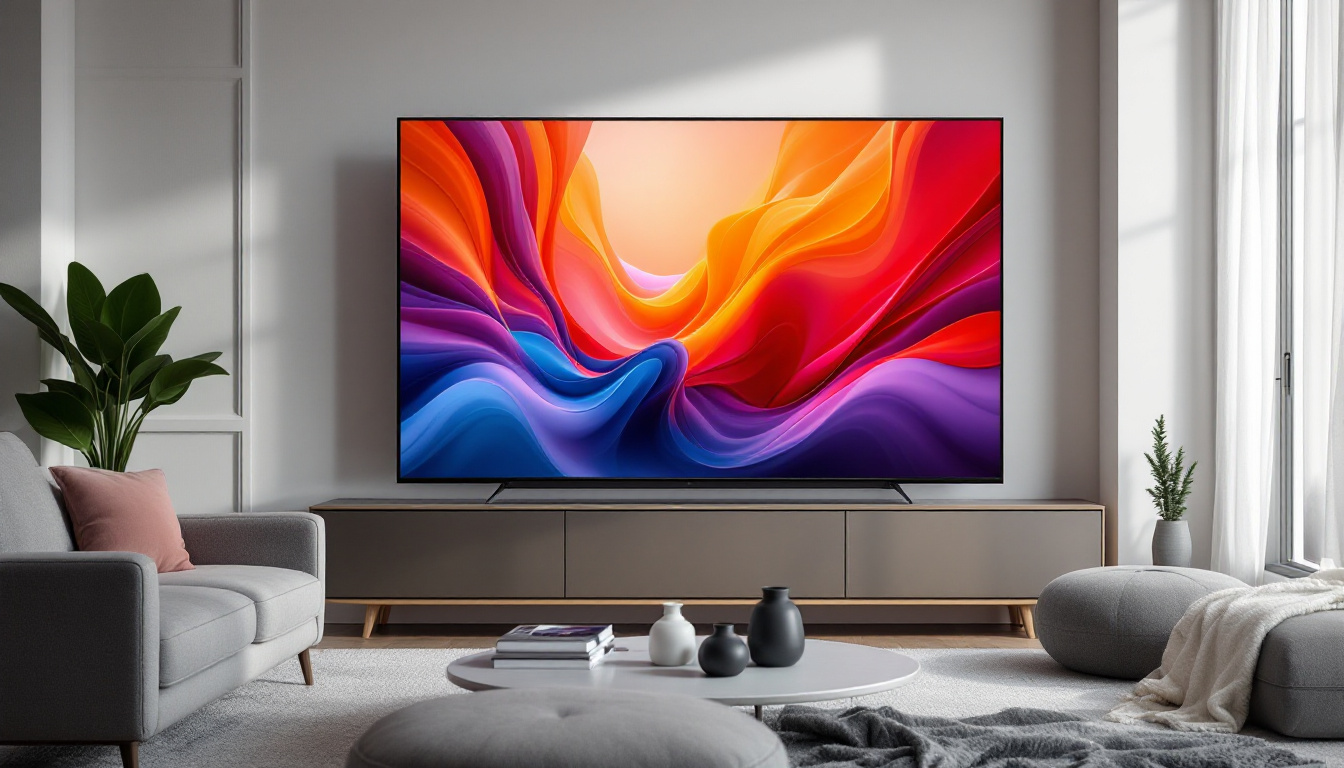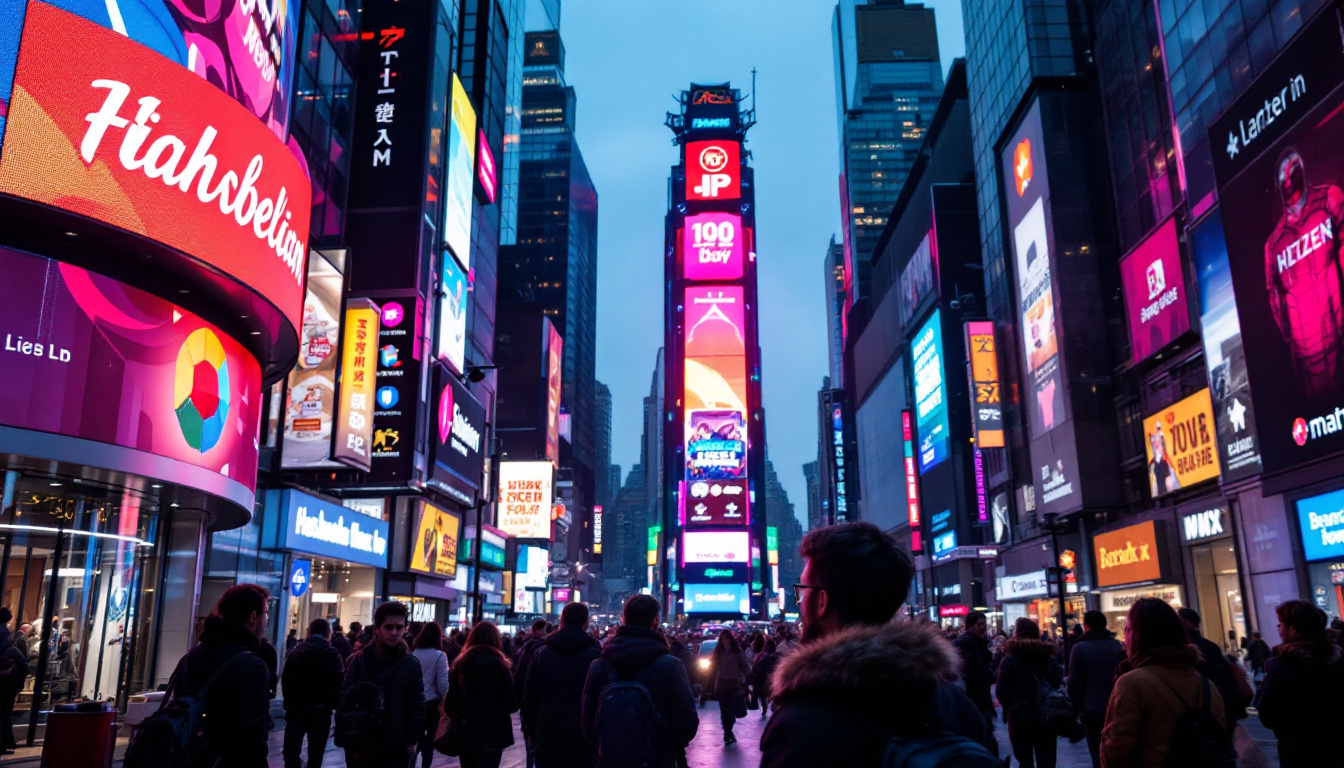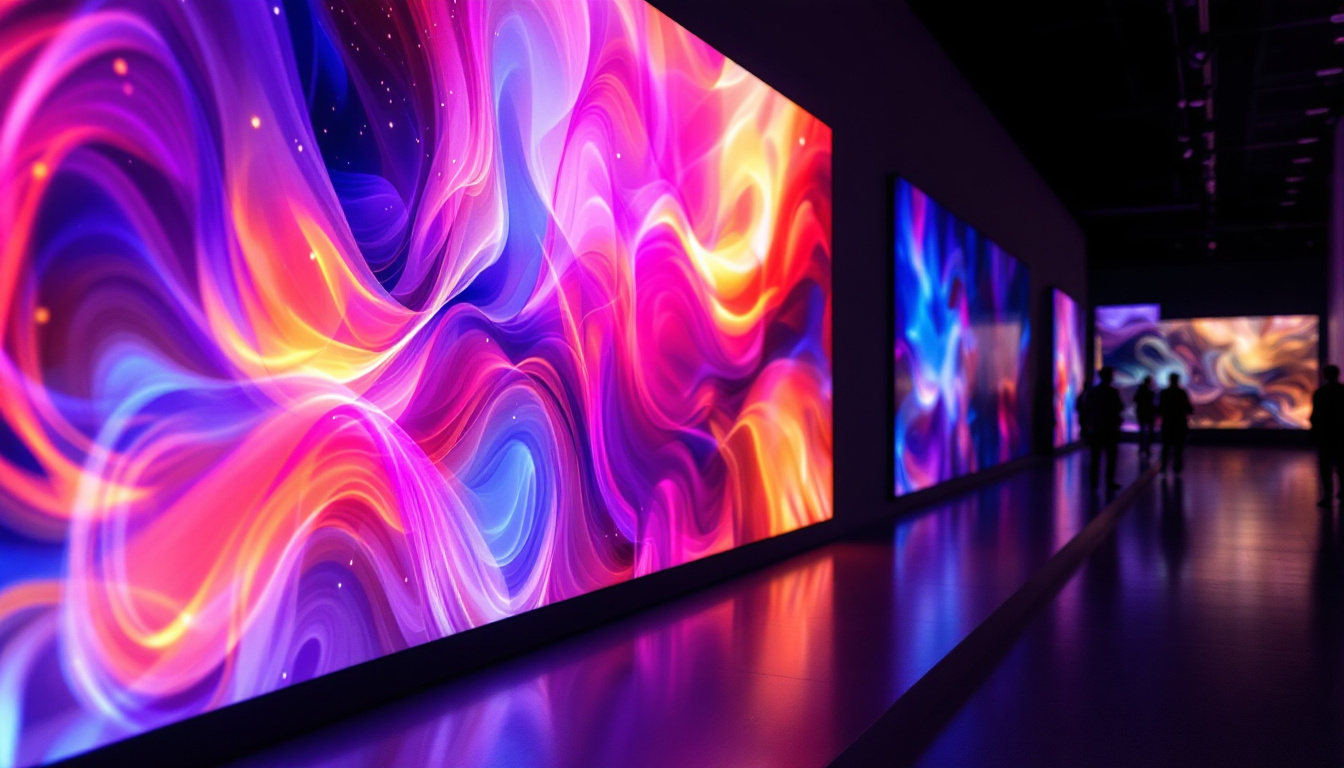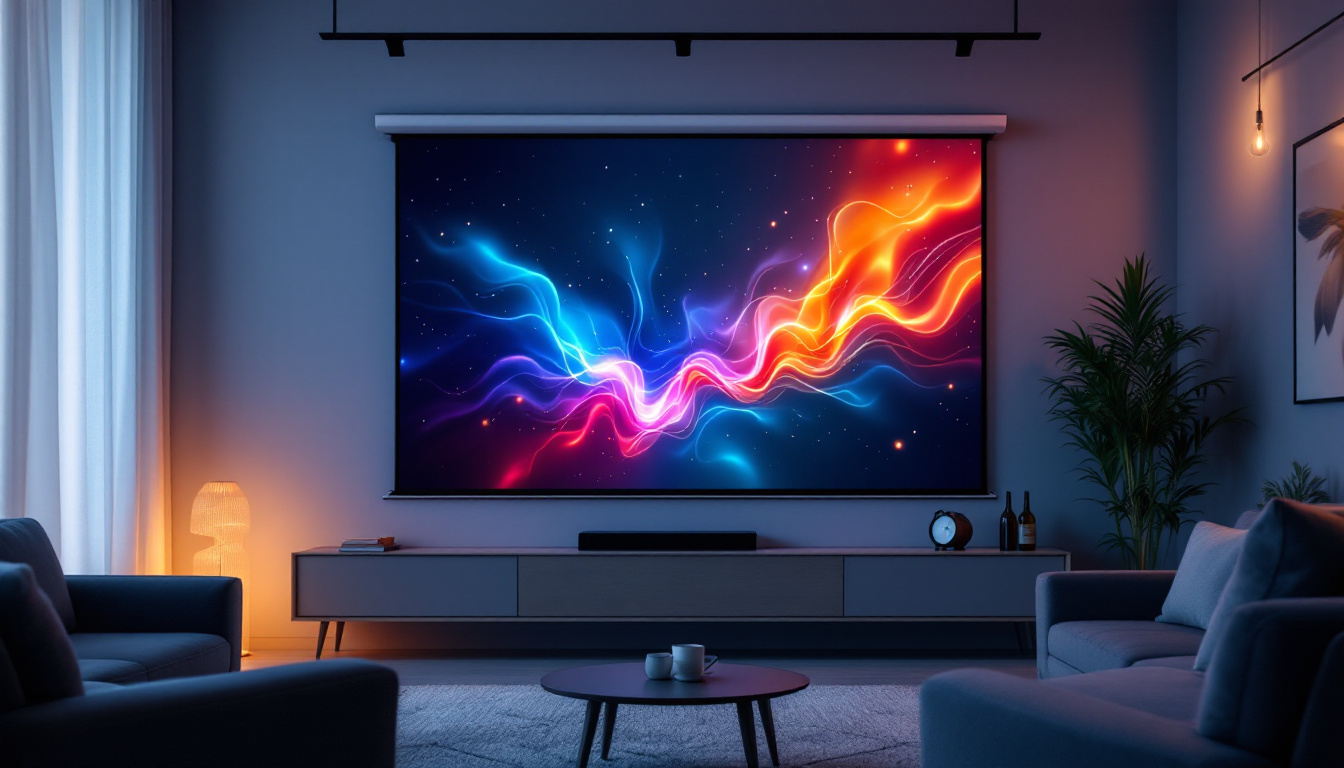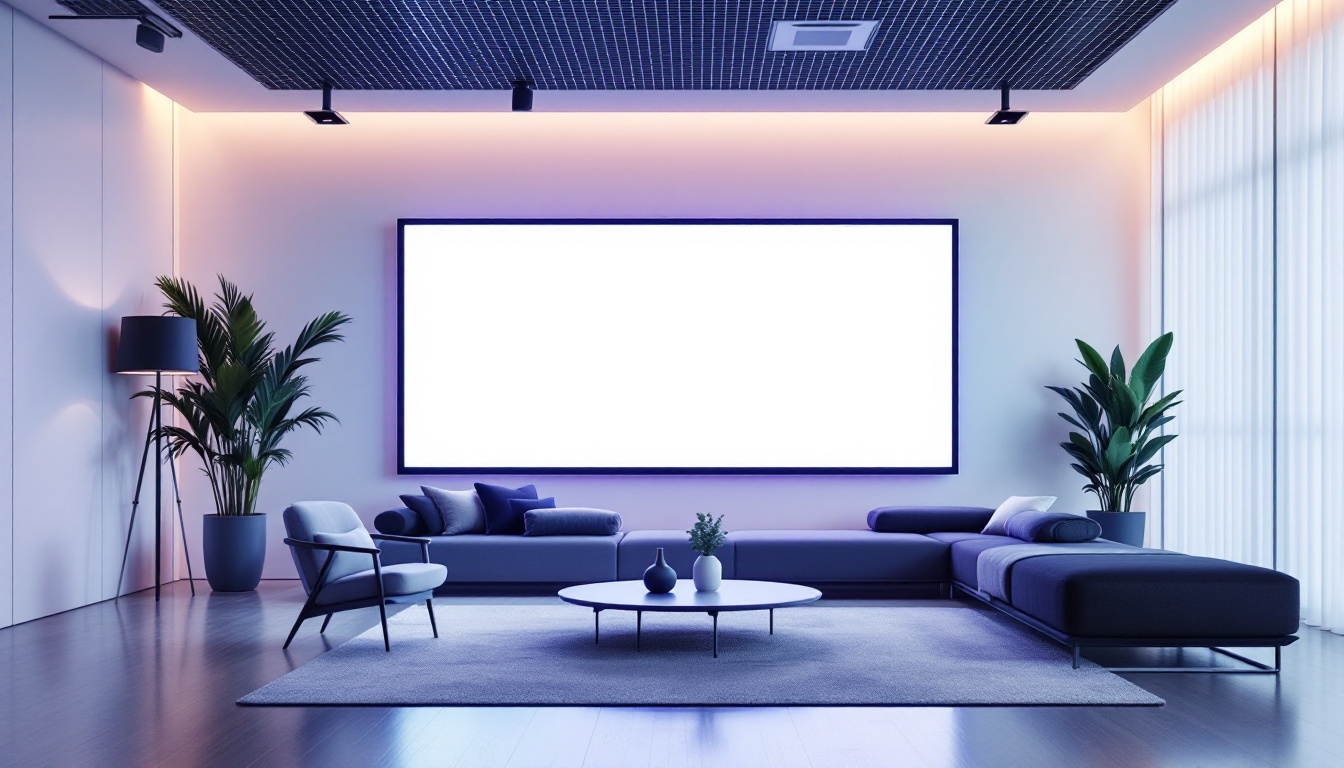In the ever-evolving world of architectural design and advertising, LED displays have emerged as a pivotal element, particularly when integrated with innovative materials like rock panels. This article delves into the intersection of rock panels and LED technology, exploring their applications, benefits, and the future of this dynamic combination.
Understanding Rock Panels
Rock panels are a popular choice in exterior design, offering both aesthetic appeal and durability. These panels are often made from natural stone or stone-like materials, providing a rugged yet sophisticated look that can enhance the visual impact of any building.
Composition and Design
Typically, rock panels are composed of a blend of natural stones, resins, and aggregates. This combination allows for a lightweight yet robust product that can withstand various environmental conditions. The design possibilities are virtually limitless, ranging from traditional stone finishes to modern, sleek appearances that can complement contemporary architecture.
Moreover, rock panels can be customized to fit specific design requirements, allowing architects and builders to create unique facades that stand out in urban landscapes. The versatility of these panels makes them suitable for a wide range of applications, from residential homes to commercial buildings. In addition to their aesthetic flexibility, rock panels can also be designed to mimic the textures and colors of various stone types, such as slate, granite, or limestone, giving designers the freedom to achieve the desired look without the associated weight and cost of natural stone.
Benefits of Using Rock Panels
The use of rock panels in construction offers numerous advantages. First and foremost, they provide excellent insulation properties, helping to regulate indoor temperatures and reduce energy costs. Additionally, their durability ensures that they can withstand harsh weather conditions without significant wear and tear.
Another key benefit is the low maintenance required for rock panels. Unlike traditional materials that may require frequent repainting or sealing, rock panels can maintain their appearance with minimal upkeep, making them a cost-effective choice in the long run. Furthermore, many rock panels are designed to be resistant to fading, chipping, and cracking, which means they retain their beauty and structural integrity over time. This resilience is particularly beneficial in areas prone to extreme weather, where other materials may fail more quickly.
In addition to their functional benefits, rock panels also contribute to sustainability in construction. Many manufacturers are now producing eco-friendly options, utilizing recycled materials in their composition. This not only reduces the environmental impact but also appeals to a growing market of environmentally conscious consumers. By choosing rock panels, builders can achieve a striking visual effect while also promoting sustainable building practices, making them a responsible choice for modern construction projects.
Introduction to LED Displays
LED displays have revolutionized the way information is communicated in public spaces. These high-tech screens are known for their brightness, clarity, and ability to display vibrant colors, making them ideal for advertising, information dissemination, and artistic expression.
Technology Behind LED Displays
At the core of LED technology is the use of light-emitting diodes, which are semiconductor devices that emit light when an electric current passes through them. This technology allows for the creation of displays that are not only energy-efficient but also capable of producing high-resolution images and videos.
LED displays come in various forms, including indoor and outdoor models, each designed to meet specific visibility and environmental requirements. Outdoor LED displays are particularly robust, built to withstand the elements while providing clear visibility even in bright sunlight. The advancements in LED technology have also led to the development of flexible displays, which can be bent and shaped to fit unconventional spaces, opening up new possibilities for creative installations.
Applications of LED Displays
The applications of LED displays are vast and varied. In commercial settings, they are commonly used for advertising and marketing, capturing the attention of passersby with dynamic content. In public spaces, LED displays serve as information boards, providing real-time updates on transportation, events, and emergencies.
Furthermore, LED displays have found their way into artistic installations, where they can be used to create immersive experiences that engage audiences in new and exciting ways. This versatility makes them an invaluable tool in modern design and communication. Additionally, the integration of smart technology with LED displays allows for interactive features, enabling users to engage with the content displayed. For instance, touch-sensitive screens can provide personalized information or entertainment, enhancing the overall user experience and making the displays not just a source of information but also a platform for interaction.
Integrating Rock Panels and LED Displays
The combination of rock panels and LED displays represents a significant advancement in exterior design. This integration not only enhances the aesthetic appeal of buildings but also maximizes the functionality of LED technology.
Design Considerations
When integrating LED displays with rock panels, several design considerations must be taken into account. The placement of the display is crucial; it should be positioned for optimal visibility while complementing the overall design of the building. Additionally, the size and resolution of the LED display should align with the intended use, whether for advertising or information dissemination.
Architects and designers can leverage the natural textures and colors of rock panels to create a harmonious balance with the sleek, modern look of LED displays. This synergy can result in visually striking facades that draw attention and enhance the overall user experience. Furthermore, the interplay between the ruggedness of rock and the smoothness of LED technology can evoke a sense of innovation, reflecting a commitment to both tradition and modernity in architectural practices.
Functional Benefits
Integrating LED displays into rock panel exteriors offers numerous functional benefits. For instance, the durability of rock panels provides a protective housing for the LED technology, shielding it from environmental factors that could potentially cause damage. This combination ensures that the display remains operational for longer periods, reducing maintenance costs and downtime.
Moreover, the insulation properties of rock panels can help regulate the temperature of the LED displays, preventing overheating and extending their lifespan. This functional synergy not only enhances the longevity of the technology but also contributes to energy efficiency. In addition, the use of rock panels can improve the acoustic properties of a building, absorbing sound and creating a more pleasant environment for occupants. This is particularly beneficial in urban settings where noise pollution is prevalent, allowing for a more serene atmosphere while still providing dynamic visual communication through the LED displays.
Case Studies: Successful Implementations
Several projects have successfully integrated rock panels with LED displays, showcasing the potential of this combination in real-world applications. These case studies provide valuable insights into the design process and the resulting benefits.
Commercial Spaces
In urban commercial settings, many businesses have adopted rock panels as part of their branding strategy. For example, a high-end retail store utilized a combination of textured rock panels and a large LED display to create an eye-catching storefront. The display showcased dynamic advertisements while the rock panels provided a sophisticated backdrop, enhancing the overall shopping experience.
This integration not only attracted customers but also reinforced the brand’s identity, demonstrating how thoughtful design can influence consumer behavior. The result was a significant increase in foot traffic and sales, highlighting the effectiveness of combining aesthetic appeal with modern technology.
Public Installations
Public installations have also benefited from the integration of rock panels and LED displays. A notable example is a city park that featured a large LED screen mounted on a rock panel structure. This installation served multiple purposes, including broadcasting community events, displaying art, and providing information to park visitors.
The use of rock panels not only blended the installation seamlessly into the natural surroundings but also provided a sturdy framework for the LED technology. This project exemplified how public spaces can leverage modern design to enhance community engagement and interaction.
Future Trends in Rock Panels and LED Displays
As technology continues to advance, the integration of rock panels and LED displays is likely to evolve further. Emerging trends suggest a shift towards more sustainable materials and energy-efficient technologies, paving the way for innovative designs that prioritize environmental responsibility.
Sustainability in Design
With growing awareness of environmental issues, the demand for sustainable building materials is on the rise. Rock panels made from recycled materials or sourced sustainably can contribute to eco-friendly construction practices. When paired with energy-efficient LED displays, this combination can significantly reduce the carbon footprint of a building.
Future designs may also incorporate smart technology, allowing LED displays to adapt to their surroundings. For instance, displays could adjust brightness based on ambient light conditions, further enhancing energy efficiency while maintaining visibility.
Enhanced Interactivity
The future of LED displays is also leaning towards increased interactivity. As technology advances, displays may incorporate touch-sensitive features or augmented reality capabilities, allowing users to engage with content in new and exciting ways. This interactivity can create immersive experiences that resonate with audiences, making the integration of rock panels and LED displays even more impactful.
Conclusion
The integration of rock panels and LED displays represents a significant advancement in architectural design and advertising. By combining the aesthetic appeal and durability of rock panels with the dynamic capabilities of LED technology, architects and designers can create visually striking and functional spaces that engage audiences and enhance user experiences.
As technology continues to evolve, the potential for innovation in this field is vast. By prioritizing sustainability and interactivity, the future of rock panels and LED displays promises to be even more exciting, paving the way for a new era in modern design.
In conclusion, the synergy between rock panels and LED displays not only transforms the exterior of buildings but also redefines how information is communicated in public spaces. As this trend continues to grow, it will undoubtedly shape the future of architecture and urban design.
Discover LumenMatrix LED Display Solutions
Ready to elevate your architectural projects with the perfect blend of durability and dynamic visual appeal? LumenMatrix is at the forefront of LED display technology, offering a wide array of solutions from Indoor and Outdoor LED Wall Displays to innovative LED Transparent Displays. Embrace the future of design with our cutting-edge digital signage and LED display solutions that promise to captivate audiences and amplify your message. Check out LumenMatrix LED Display Solutions today and transform your space into a beacon of engagement and creativity.

